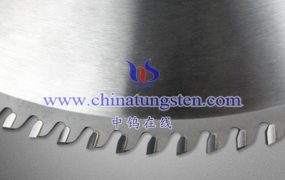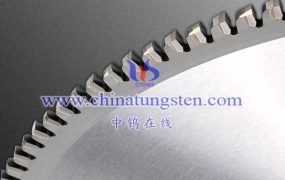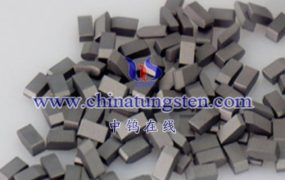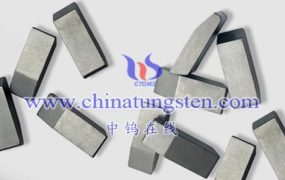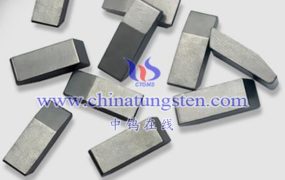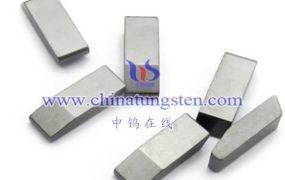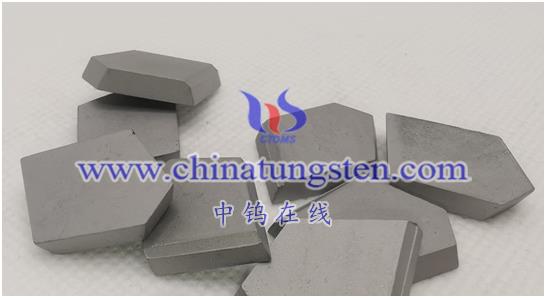
The elastic modulus of cemented carbide is the ratio of stress and strain during the elastic deformation stage of the material. It can be calculated using Hooke’s law.
The expression of Hooke’s law is F=k*x, where F is the force exerted on the material, x is the deformation produced, and k is the elastic modulus of the material.
For cemented carbide, the elastic modulus can be calculated by applying a certain force to it and recording the resulting deformation. It should be noted that the elastic modulus of cemented carbide will be affected by environmental factors such as temperature and humidity, so the specific calculation method may be slightly different depending on the actual situation.
The elastic modulus of cemented carbide can be measured by a variety of methods, including bending testing and compression testing.
The bending test method is to conduct a bending test under static conditions, and calculate the elastic modulus by measuring the relationship between the load applied to the specimen and the deformation produced by the specimen. The compression test method is to apply pressure on the sample and simultaneously measure the stress and strain of the material to calculate the elastic modulus.
In general, the specific measurement method can be selected according to the actual situation and the specific properties of the material.
